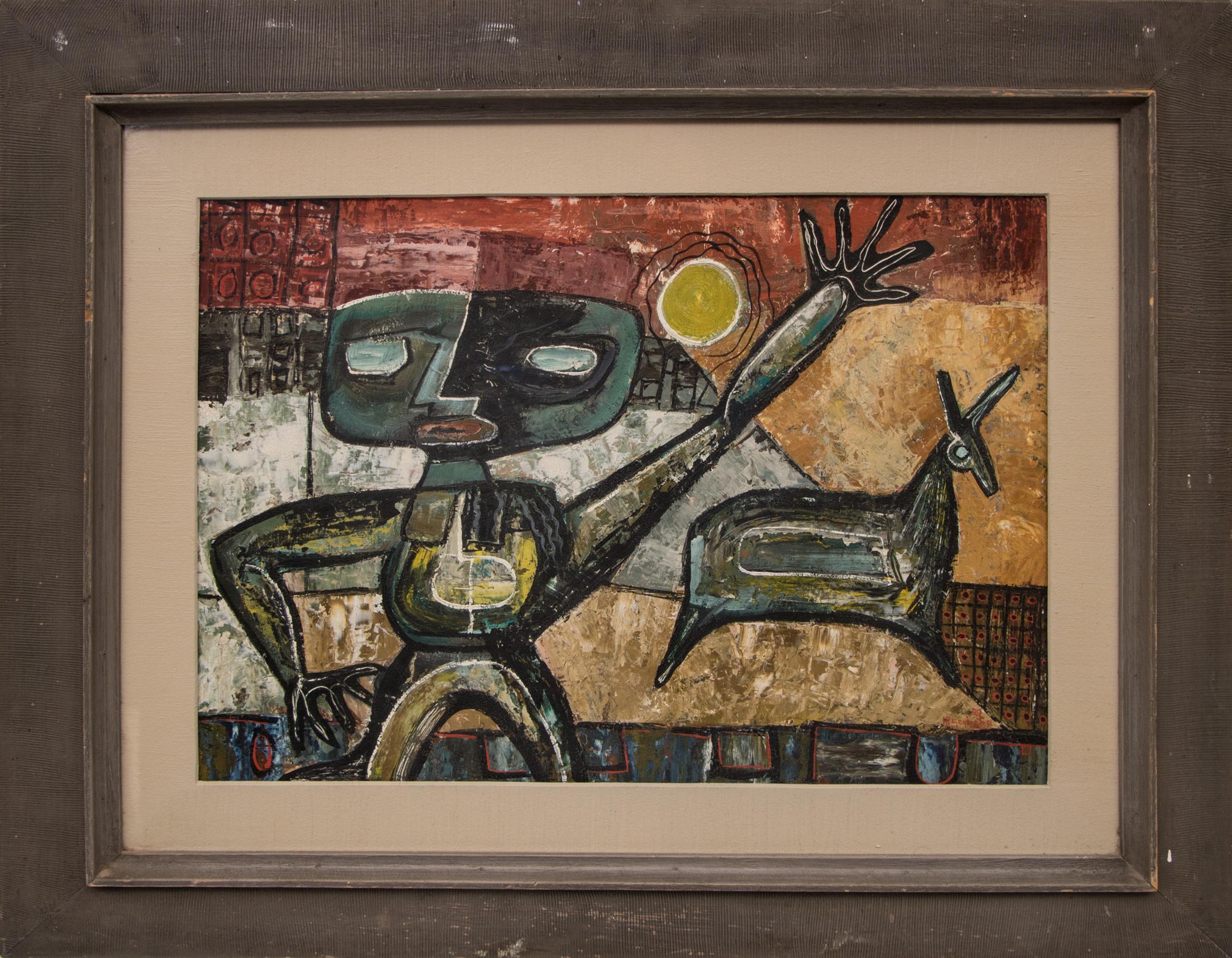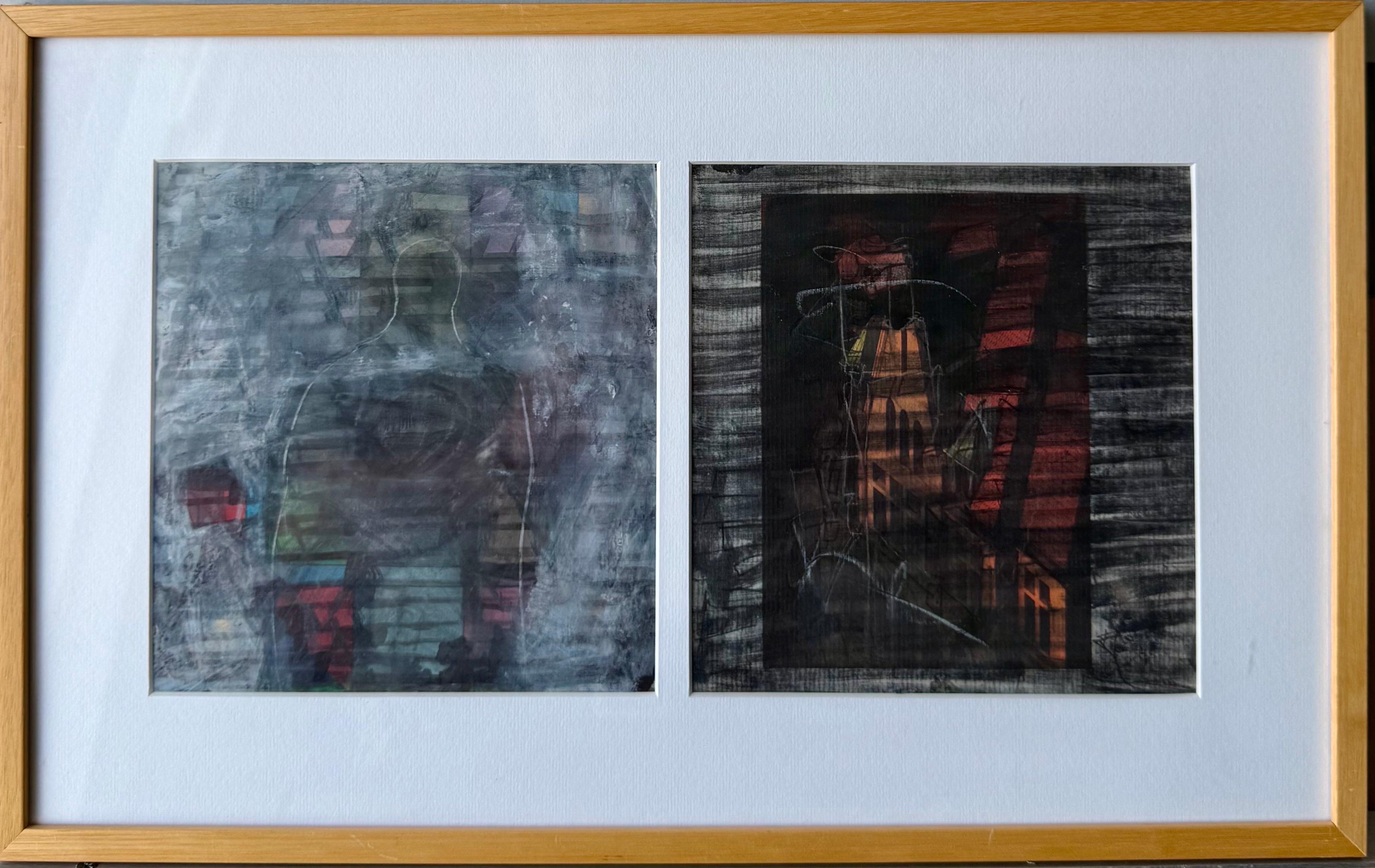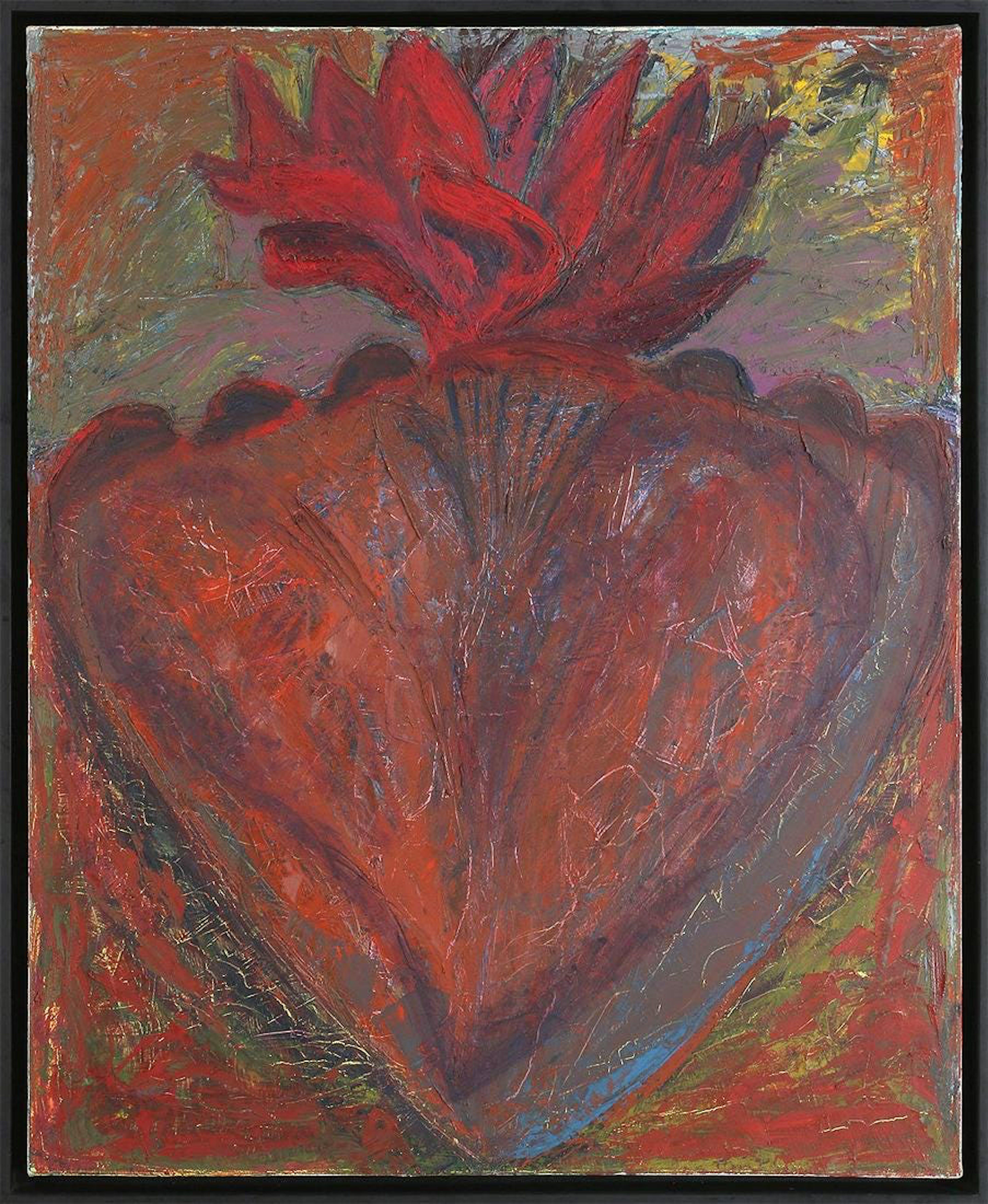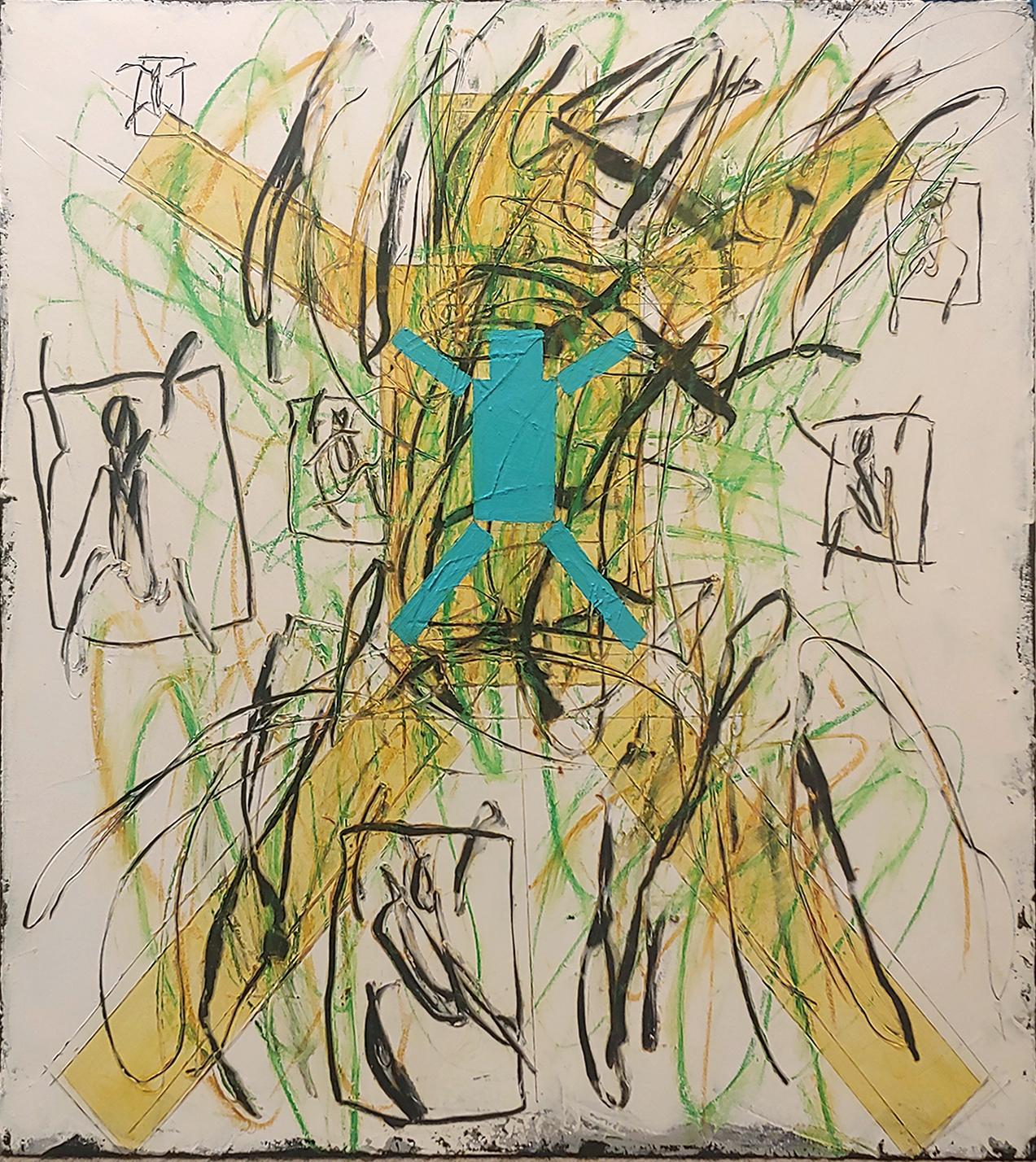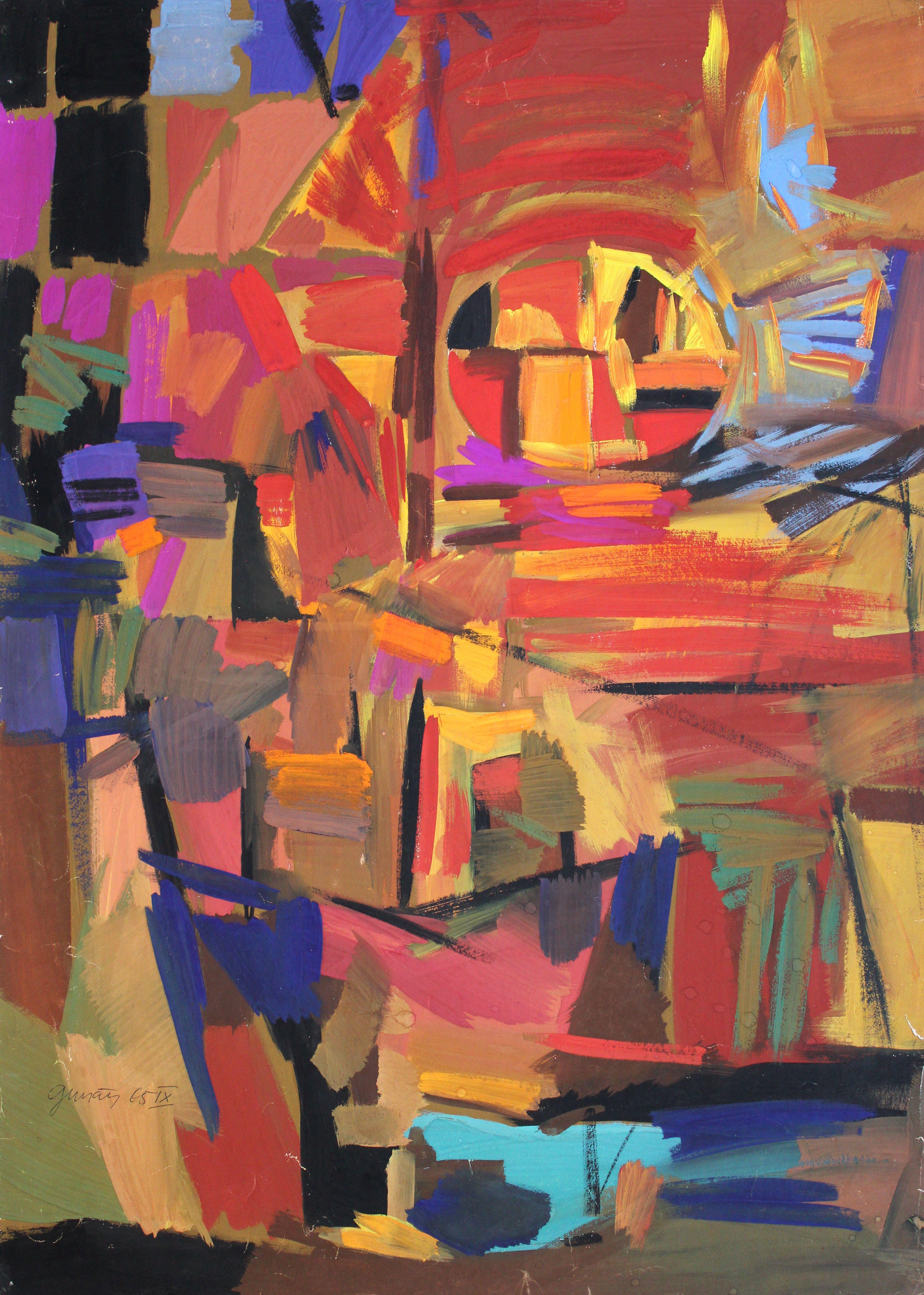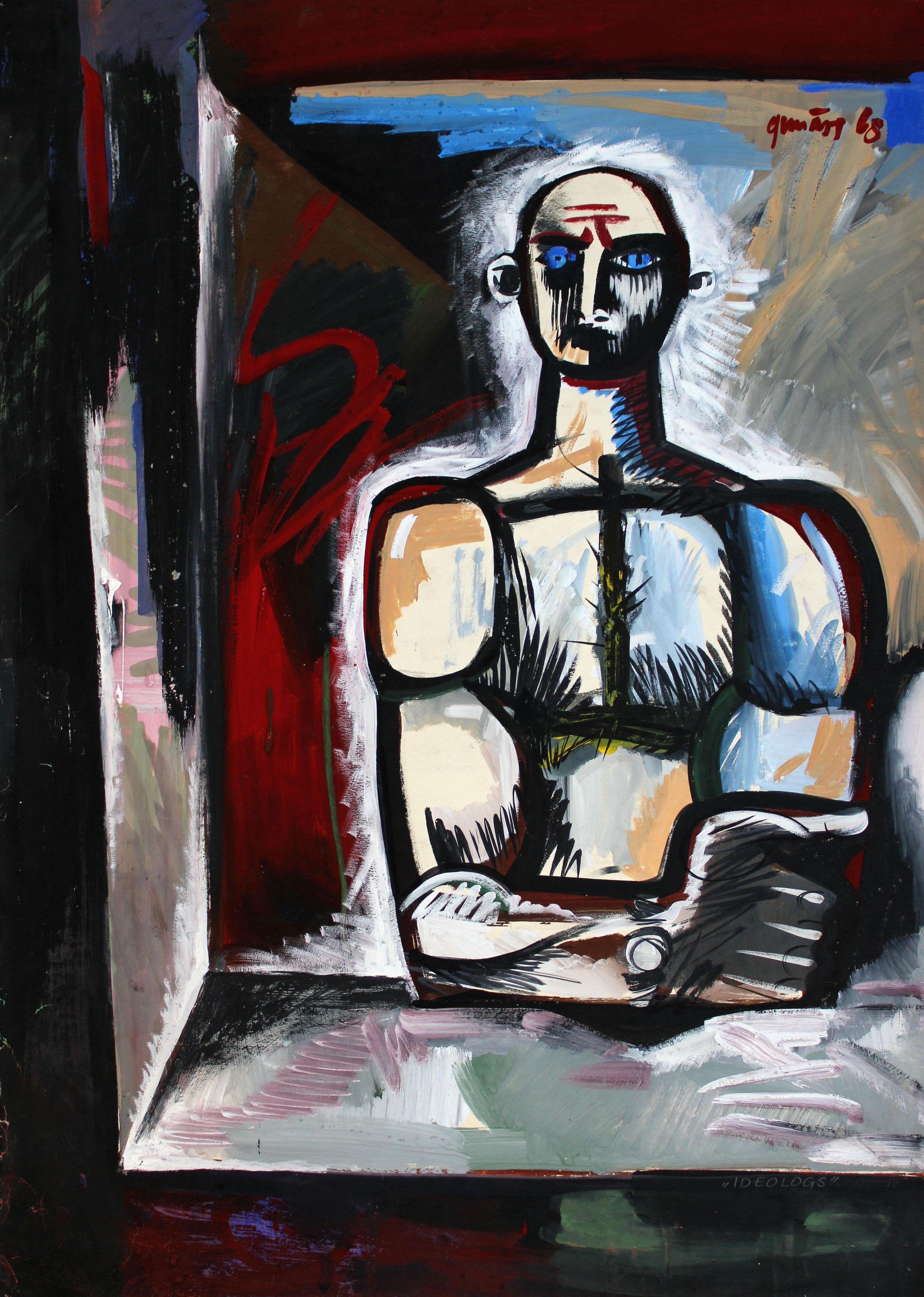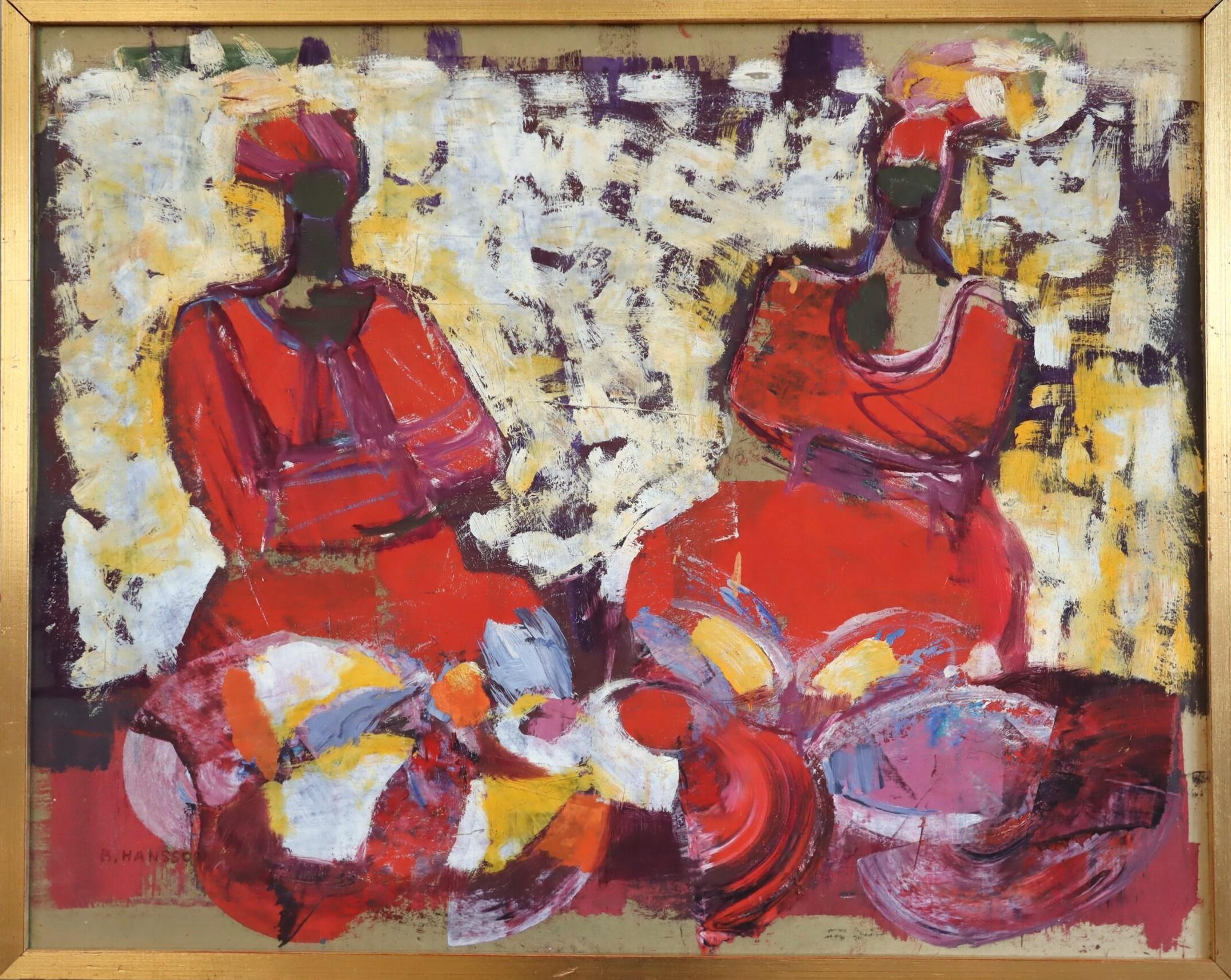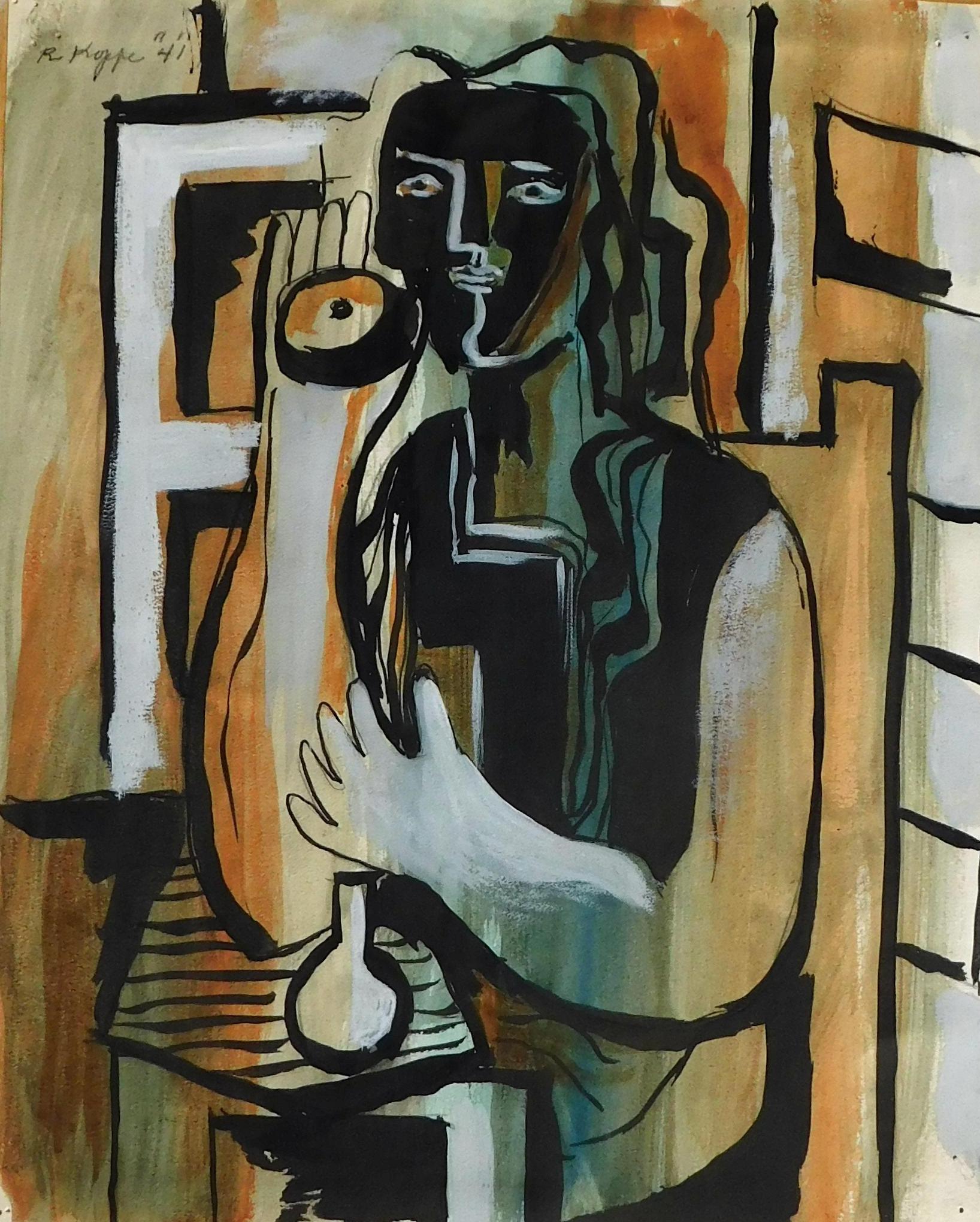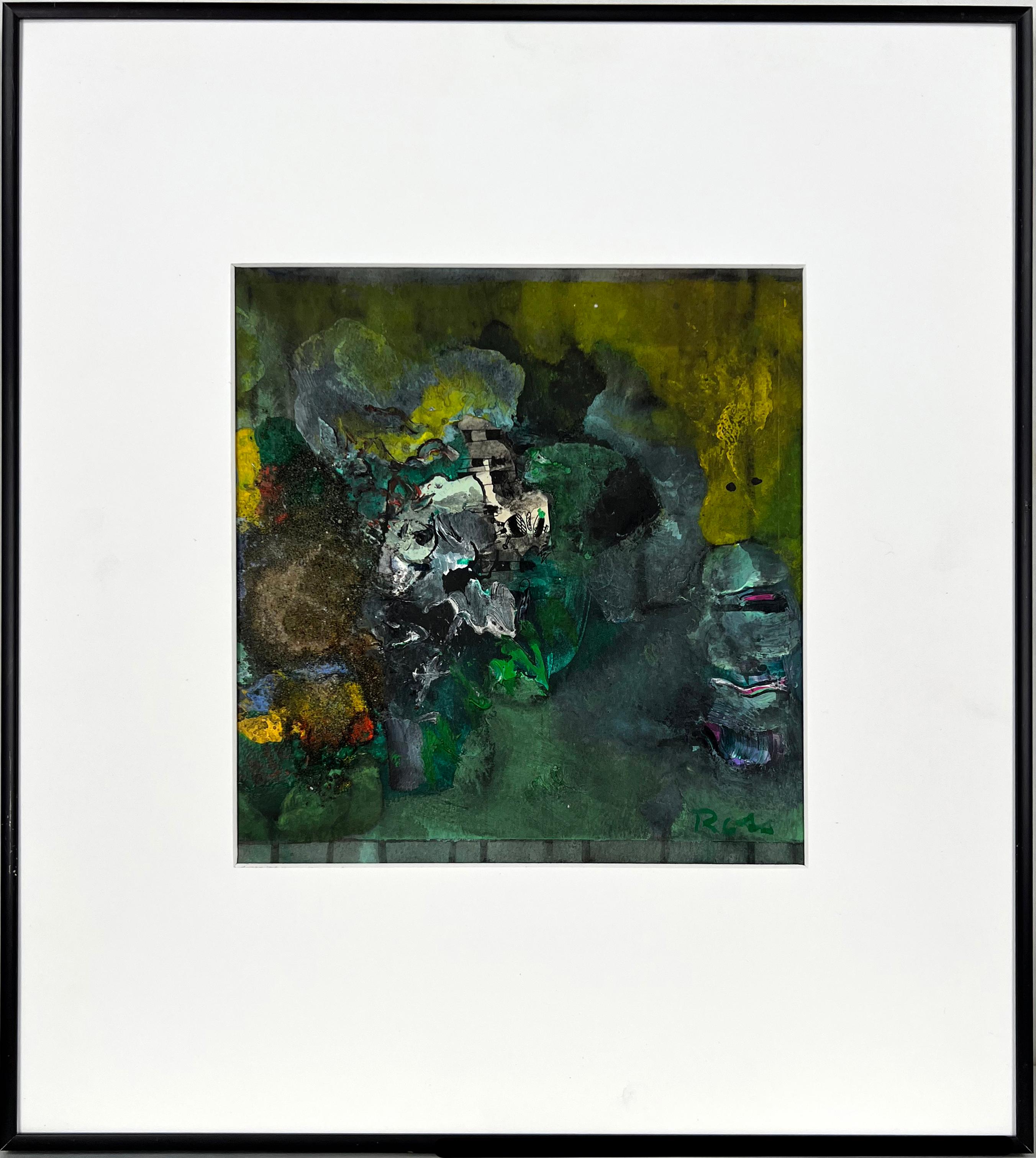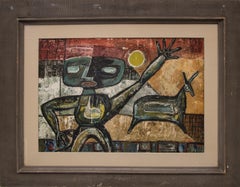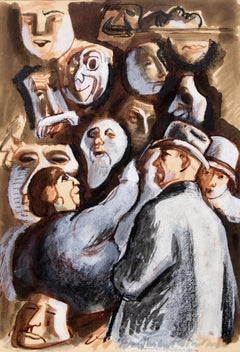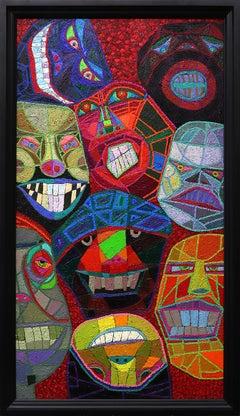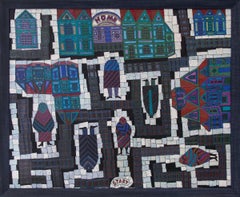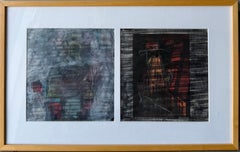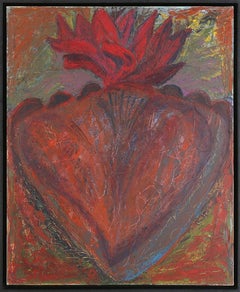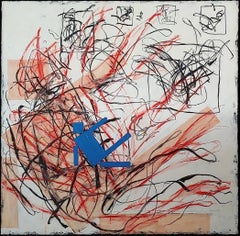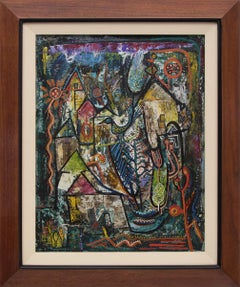
Blue Bird In A Landscape
View Similar Items
Want more images or videos?
Request additional images or videos from the seller
1 of 10
Howard SchleeterBlue Bird In A LandscapeMay 29, 1947
May 29, 1947
$5,500List Price
About the Item
- Creator:Howard Schleeter (1903-1976, American)
- Creation Year:May 29, 1947
- Dimensions:Height: 24.25 in (61.6 cm)Width: 22.5 in (57.15 cm)Depth: 1 in (2.54 cm)
- Medium:
- Movement & Style:
- Period:
- Condition:
- Gallery Location:Denver, CO
- Reference Number:Seller: 214121stDibs: LU2732173813
About the Seller
5.0
Gold Seller
Premium sellers maintaining a 4.3+ rating and 24-hour response times
Established in 1979
1stDibs seller since 2013
289 sales on 1stDibs
Typical response time: 13 hours
Authenticity Guarantee
In the unlikely event there’s an issue with an item’s authenticity, contact us within 1 year for a full refund. DetailsMoney-Back Guarantee
If your item is not as described, is damaged in transit, or does not arrive, contact us within 7 days for a full refund. Details24-Hour Cancellation
You have a 24-hour grace period in which to reconsider your purchase, with no questions asked.Vetted Professional Sellers
Our world-class sellers must adhere to strict standards for service and quality, maintaining the integrity of our listings.Price-Match Guarantee
If you find that a seller listed the same item for a lower price elsewhere, we’ll match it.Trusted Global Delivery
Our best-in-class carrier network provides specialized shipping options worldwide, including custom delivery.More From This Seller
View AllHoward Schleeter 1949 Original Gouache & Wax Painting – Abstract Southwest Art
By Howard Schleeter
Located in Denver, CO
This striking original 1949 gouache and wax painting, titled "Fetishes", is a powerful work by acclaimed New Mexico modernist Howard Schleeter (1903–1976). Rich with symbolic abstrac...
Category
1940s American Modern Abstract Paintings
Materials
Wax, Gouache
Vendor of Masks, 1930s Original Modernist Gouache Painting of Carnival Scene
By Boardman Robinson
Located in Denver, CO
This captivating 1930s modernist gouache painting by Boardman Robinson (1876–1952), titled The Vendor of Masks, depicts a striking mask vendor’s display with male and female figures,...
Category
1930s American Modern Figurative Paintings
Materials
Gouache
1980s Semi-Abstract Polychromatic Oil Painting 'Masks' - Vibrant Multicolor Art
By Edward Marecak
Located in Denver, CO
This 1980s oil on board painting, titled "Masks", was created by renowned Colorado artist Edward Marecak (1919-1993). The piece features a striking mosaic-style composition with bold...
Category
1980s Abstract Abstract Paintings
Materials
Oil
Parcheesi Vintage Semi-Abstract Oil Painting by Edward Marecak, Board Game Art
By Edward Marecak
Located in Denver, CO
"Parcheesi" is a captivating vintage 1990 semi-abstract oil painting on canvas by celebrated 20th-century Denver artist Edward Marecak (1919-1993). This unique piece reimagines the classic Parcheesi board...
Category
1990s Abstract Abstract Paintings
Materials
Oil
1950s New York City Abstract Skyline - Moody Night Cityscape Oil Painting
By Charles Ragland Bunnell
Located in Denver, CO
This stunning 1951 oil painting on board by renowned American artist Charles Ragland Bunnell captures an abstracted New York City skyline in a rich nocturnal color palette of black, ...
Category
1950s Abstract Expressionist Abstract Paintings
Materials
Oil
1950s Original Framed Abstract Figurative Oil Painting with Brown, White & Black
Located in Denver, CO
This striking 1950s abstract oil on canvas painting, created by Henriette "Yetti" Stolz in 1956, features a captivating blend of brown, white, black, and gray tones. Signed by the artist in the lower right corner, the piece showcases Stolz’s modernist approach to abstract figurative art. The painting is presented in a vintage frame with overall dimensions of 42 ¾ x 16 ¾ inches, while the image size measures 42 ¼ x 16 ¼ inches.
Provenance: Estate of the Artist, Henriette "Yetti" Stolz.
The painting is in good condition—please contact us for a detailed condition report.
About the Artist:
Henriette "Yetti" Stolz, born in 1935 in Serbia, emigrated to Denver, Colorado, in the early 1950s with her family after WWII. She attended East High School before pursuing her art studies at Colorado College in Colorado Springs during the mid to late 1950s. While there, Stolz was influenced by modernist artists, including Mary...
Category
1950s Abstract Abstract Paintings
Materials
Oil
You May Also Like
Bay Area Figurative Abstract Gouache Painting "Video Tower" John Hultberg
By John Hultberg
Located in Surfside, FL
John Hultberg (1922-2005)
Gouache (mixed media )
"Video Tower"
1991
Hand initialed lower right
Measurements: 18.75" W x 11.75" H (framed); 6.75" W x 7.25" H (visible area of each ...
Category
1990s Abstract Abstract Paintings
Materials
Gouache, Mixed Media
American Abstract Expressionist Artist Melissa Meyer Oil Painting Flaming Heart
By Melissa Meyer
Located in Surfside, FL
MELISSA MEYER (American, b. 1946),
''Bleeding Heart'', 1982,
Oil and wax (encaustic) on canvas,
Signed to canvas verso.
Canvas 39-1/4''h, 31-3/4''w.
Melissa Meyer (born May 4,...
Category
1980s Abstract Expressionist Abstract Paintings
Materials
Canvas, Wax, Oil
Untitled Yellow Figure oil, wax, acrylic enamel
By Louisa Chase
Located in Southampton, NY
Louisa Chase’s work is represented in the permanent collections of a number of major museums, the Whitney Museum of Art in New York; the Museum of Modern Art, New York (MOMA), the Me...
Category
1990s Abstract Abstract Paintings
Materials
Canvas, Wax, Oil, Acrylic
Large Red Icarus on canvas
By Louisa Chase
Located in Southampton, NY
Louisa Chase’s work is represented in the permanent collections of a number of major museums, the Whitney Museum of Art in New York; the Museum of Modern Art, New York (MOMA), the Me...
Category
1990s Abstract Expressionist Abstract Paintings
Materials
Canvas, Wax, Oil, Acrylic
Abstraction 5. 1965, paper, gouache, 83, 5 x 59, 5 cm
Located in Riga, LV
Abstraction 5. 1965, paper, gouache, 83,5x59,5 cm
Gunars Klava (1933 – 1989)
Gunars Klava was born in 1933 in Priekule.
1953 - graduated from J. Rosenthal Art School
1964 - began t...
Category
1960s Abstract Expressionist Abstract Paintings
Materials
Paper, Gouache
Ideologist. 1968, gouache on paper, 86x61 cm
Located in Riga, LV
Ideologist
1968, gouache on paper, 86x61 cm
Gunars Klava (1933 – 1989)
Gunars Klava was born in 1933 in Priekule.
1953 - graduated from J. Rosenthal Art School
1964 - began to pa...
Category
1960s Abstract Expressionist Figurative Paintings
Materials
Paper, Gouache
